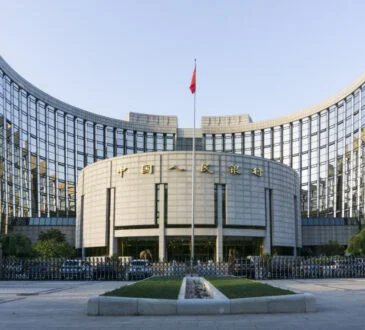What’s going on here?
The Indian rupee dipped to a historic low of 83.6625 against the US dollar on Friday, pressured by persistent dollar bids and a climbing dollar index.
What does this mean?
Despite efforts by the Reserve Bank of India (RBI) to stabilize the rupee, including multiple interventions in the non-deliverable forward (NDF) market, the currency continued to weaken. While the RBI’s actions have softened the blow, strategists believe the rupee will persist in its gradual decline, although limited to the 83.70-83.75 range. Significant dollar bids from two large foreign banks added weight to the rupee’s struggles, reflecting a broader trend as most Asian currencies also faced downward pressure. The rising dollar index, which gained 0.2% to reach 104.3, compounded these woes, overshadowing a brief recovery earlier in the week. Meanwhile, India’s benchmark equity index Nifty 50 fell over 1%, partly due to a global IT outage disrupting trading across multiple asset classes.
Why should I care?
For markets: Navigating the waters of uncertainty.
The rupee’s decline is a symptom of broader market anxieties, influenced by robust demand for the dollar and expectations of continued market volatility. Traders are cautious, awaiting comments from Federal Reserve policymakers that could influence future currency movements. Additionally, the direction of US political developments is on investors’ radars as they gauge the dollar’s trajectory.
The bigger picture: Global economic shifts on the horizon.
The rupee’s slump illustrates a wider pattern affecting emerging market currencies amidst a stronger dollar and widespread market disruptions. ING Bank suggests that increased confidence in the US disinflation process might eventually temper the dollar’s strength, offering some relief. However, the current condition highlights the interconnectedness of global economies and the multifaceted pressures that can amplify currency vulnerabilities.





